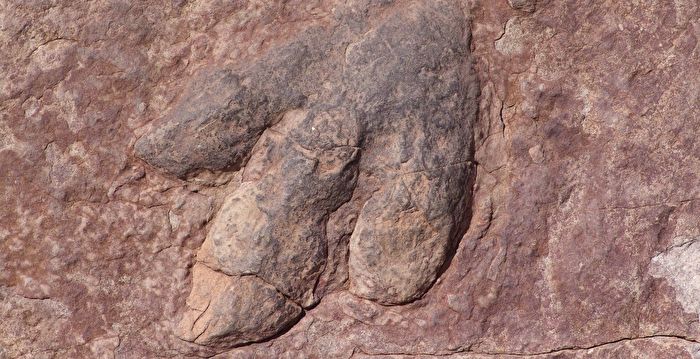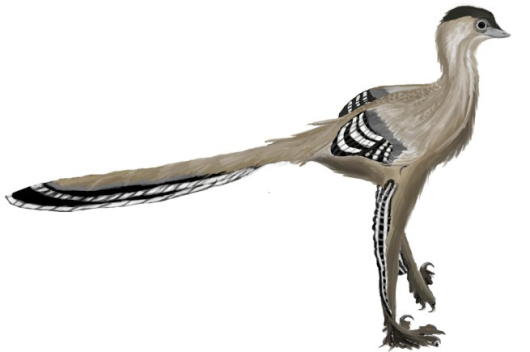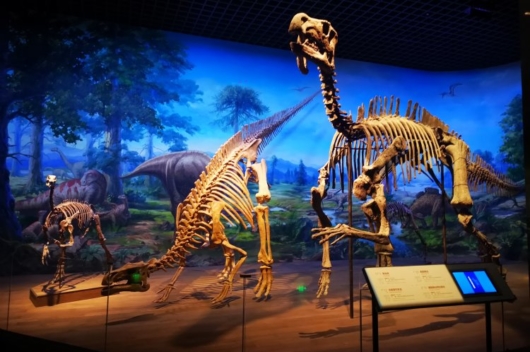A research team from Okayama University of Science in Japan recently discovered more than 1,000 dinosaur footprint fossils at the end of the Cretaceous period in Mongolia’s Gobi Desert. The team said that the discovery will help archaeologists understand the walking style and posture of dinosaurs, and the results are very valuable.
A dinosaur research team conducted an investigation in the southeastern and central parts of the Gobi Desert, and found 23 well-preserved continuous The long “tracks” lasted about 30 meters, and the total number of footprints reached more than 1,000, of which the largest footprint was 90 cm long.
Palaeontologists said that the history of these footprints can be traced back to the end of the Cretaceous period, 70 million to 90 million years ago, and it is speculated that they were herbivorous with a body length of about 6 to 25 meters. Dinosaur “Titanosauria” (Titanosauria) left behind.
Usually, the footprints of the forefoot are easily stepped on by the hindfoot and thus difficult to leave behind, but this time, it is rare to find many tracks with both the forefoot and the hindfoot. In addition, this is the first time a dinosaur footprint with paw prints has been found in Mongolia.
In fact, this joint investigation team has cooperated many years ago. In August 2016, they also unearthed a 106-centimeter-long dinosaur footprint fossil in the southeastern part of the Gobi Desert, which is presumed to be left by the Titanosaurus 70 million years ago. Because footprint fossils more than one meter long are rare in the world, this discovery is of great research value.
According to National Geographic, the largest dinosaur ever unearthed in Patagonia, Argentina, is Patagotitan mayorum, the largest terrestrial animal in history. Dragon genus (Titanosaur). Its weight is equivalent to the combined weight of 12 elephants and may have reached the size limit of terrestrial animals. The fossil is quite well preserved and helps experts understand its body structure.













Related News